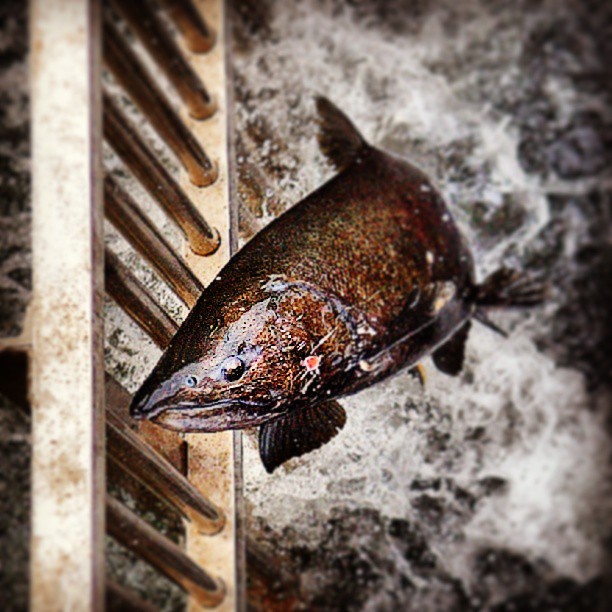With a swish of its tail, a salmon jumps more than 20 steps – one at a time – to the top of the Nimbus Fish Hatchery ladder Monday as the annual fall migration takes place. Nikolai Andryhoushkin, pictured, of Sacramento photographs the event, vital to the survival of salmon and steelhead in the lower American River.
Once they make their way up the fish ladder, the salmon are sorted and spawned on a table. An average salmon female has more than 5,000 eggs. The eggs are housed in the spawning building and the fish are raised until they are 4 to 6 inches long before being released. Steelhead are also raised at the hatchery, just off Highway 50 in Rancho Cordova.
Since 1958, the Nimbus Fish Hatchery has been successfully providing mitigation for the loss of natural fish habitat in conjunction with the U.S. Fish and Wildlife Service, the state Department of Fish and Game and the U.S. Bureau of Reclamation.

